Introduction
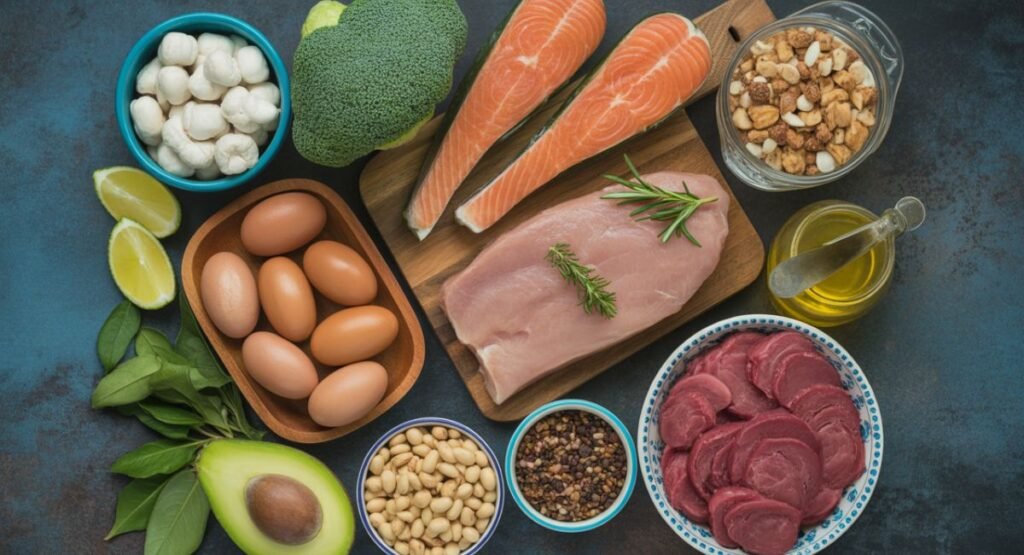
Protein is the building block of your body. From stronger muscles to better metabolism, high-protein foods support almost every function. Whether you want to lose weight, gain muscle, or simply stay energized all day, choosing the best protein sources is key. In today’s fast-paced world, it’s easy to miss out on quality nutrition. That’s why understanding how to build a healthy diet rich in protein-rich foods matters more than ever.
Animal-based or plant-based, your options are vast and powerful. This article explores smart ways to include nutrient-dense protein sources in your meals so you can feel full longer, stay strong, and boost your overall wellness—starting with your plate.
Why Your Body Needs Protein
Your body uses protein to repair tissues, build enzymes, support hormones, and even carry oxygen in the blood. Without enough of it, you’ll feel weak and tired and lose muscle mass. Especially for growing children, pregnant women, athletes, and older adults, protein needs are higher than average.
Protein is also important for your immune system. It helps make antibodies that protect against viruses and bacteria. If you don’t eat enough high-protein foods, your body may take protein from muscles to do basic tasks. This can slow healing, cause fatigue, and reduce strength.
How Much Protein Should You Eat Daily?
Protein needs vary depending on your age, weight, and activity level. For most adults, the daily recommendation is 0.8 grams of protein per kilogram of body weight. If you exercise often or are recovering from an illness, your needs could be higher.
Here’s a table to help you understand better:
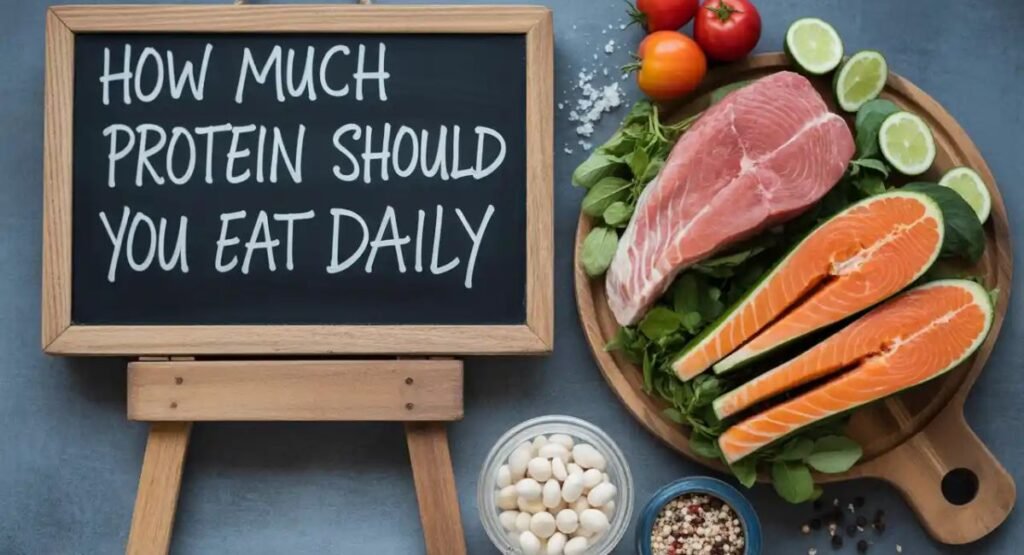
| Body Weight (lbs) | Activity Level | Protein Needed (grams/day) |
| 130 | Sedentary | 47 |
| 160 | Active | 87 |
| 200 | Athlete | 120 |
It’s important to adjust your daily protein intake based on your lifestyle and goals.
What Foods Are High in Protein?
High-protein foods include both animal-based and plant-based sources. Lean meats like chicken breast, turkey, and eggs are excellent choices. Fish such as salmon and tuna also provide protein and healthy fats. Plant options like lentil plant protein, tofu, chickpeas and hummus, and split pea soup base are equally powerful.
For a well-rounded, protein-rich diet, include dairy products like Greek yogurt and cottage cheese. Don’t forget quinoa, a complete protein, and oats and beta-glucan, which provide fiber and protein together. These foods help maintain a balanced high-fiber diet and support energy levels.
Benefits of a Higher-Protein Diet
Eating more high-protein foods can increase muscle strength and help you stay toned. If you work out or do strength training, protein is essential for building and repairing your muscles after exercise.
A protein-rich diet also helps with fiber for weight loss. It keeps you full longer and prevents overeating. Unlike sugary carbs, protein doesn’t spike your blood sugar. It helps manage hunger, cravings, and body fat over time.
To Maintain or Gain Muscle Mass

Athletes and aging adults especially benefit from protein. It supports muscle growth and slows down age-related muscle loss. Add plant-based fiber foods like beans, lentils, and seeds to boost results naturally.
To Lose Weight and Feel Full Longer
Protein takes longer to digest than carbs. It keeps you satisfied and may reduce the need for snacking. Pairing protein with oats and beta-glucan or chia seeds omega-3 boosts this effect even more.
Other Health Benefits
Protein helps balance blood sugar and supports bone strength. It can also improve hair, nails, and hormone levels. Some proteins are packed with extra nutrients like iron, zinc, or vitamin B12.
How Much Protein Is Too Much?
While protein is good for you, too much can cause problems. Very high protein diets may stress your kidneys, especially if you don’t drink enough water. It’s rare, but balance is important.
Experts say going above 2 grams per kilogram of body weight daily is excessive for most. Also, eating only protein and skipping fiber can harm your gut health. Balance matters.
Making Sense of Vitamins and Minerals
Many high-protein foods also include essential vitamins and minerals. Animal proteins offer B12, iron, and zinc. Plant proteins like kidney beans fiber content or beetroot nutrition provide magnesium and folate.
Pairing protein with vitamin-rich foods like broccoli digestion support or artichoke prebiotic fiber ensures your body absorbs everything properly. This creates a more powerful nutrient combo.
Fiber and Protein Combo: The Ultimate Health Duo
Fiber and protein together work better than alone. They support digestion, control appetite, and help you stay full for hours. This combo also supports low-glycemic fiber foods and blood sugar balance.
Examples include quinoa, a complete protein, with Brussels sprouts, vitamin K, or grilled chicken with sweet potatoes, a complex carb. Add avocado fiber and potassium to salads for an extra kick of nutrition.
Frequently Asked Questions
What protein is best for weight loss?
Lean meats, tofu, Greek yogurt, and chia seeds omega-3 are great for losing fat while keeping muscle. These foods keep you full and energized.
Can you eat too much protein?
Yes, if you eat way too much protein daily without balance, it may cause issues. Focus on variety and moderation.
What’s the best protein for vegetarians?
Lentils (plant protein), chickpeas and hummus, tofu, and quinoa complete protein are all smart choices. They also support a fiber-rich diet.
The Bottom Line: Your Protein Game Plan
You don’t need to overthink your meals. Just include high-protein foods in each one. Combine them with vegetables rich in fiber, like the fiber in carrots or broccoli, for digestion support. Aim to meet your daily target without going overboard.
Here’s a simple plan:
| Meal | Protein Source | Fiber Companion |
| Breakfast | Eggs, Greek yogurt | Oats and beta-glucan, banana |
| Lunch | Chicken breast | Avocado fiber and potassium |
| Dinner | Salmon, tofu | Beetroot nutrition, sweet potato |
| Snacks | Almonds, popcorn | Chia seeds, omega-3, apple |
Tools & Resources from Harvard Health
Harvard Health Publishing offers a 6-week healthy eating plan to help improve your habits. Their tools also help you track your daily fiber recommendation and protein intake.
Visit health.harvard.edu for guides, recipes, and trusted advice. Their research-backed tips make it easier to live well.
Related Reads & Nutrition Tools
Explore more about constipation relief foods, balanced eating, and fiber and digestion. Check out our other posts:
- “Top 22 High-Fiber Foods”
- “Plant-Based Protein Sources for Beginners”
- “How to Build a Balanced High-Protein Plate”
Each one is packed with useful information to help you eat smart and live better.
Was This Article Helpful?
If this guide helped you understand more about high-protein foods and how to mix them with fiber-rich meal ideas, let us know. Share it with a friend, or join our newsletter for more wellness tips.
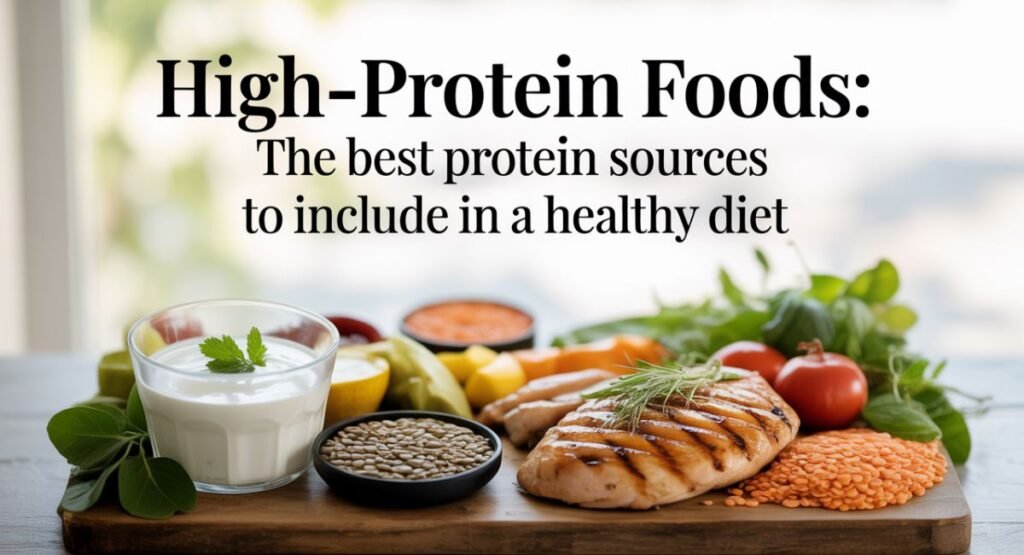
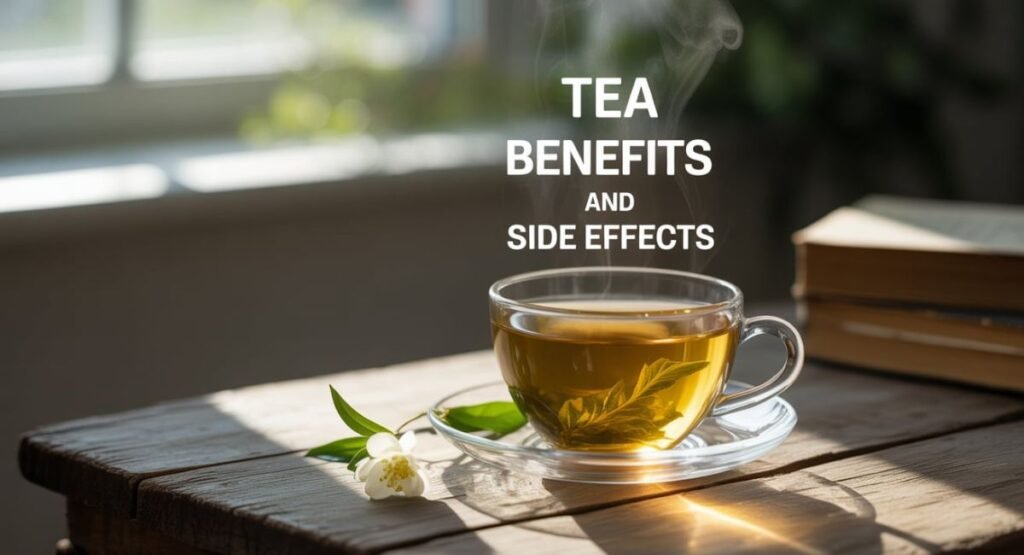

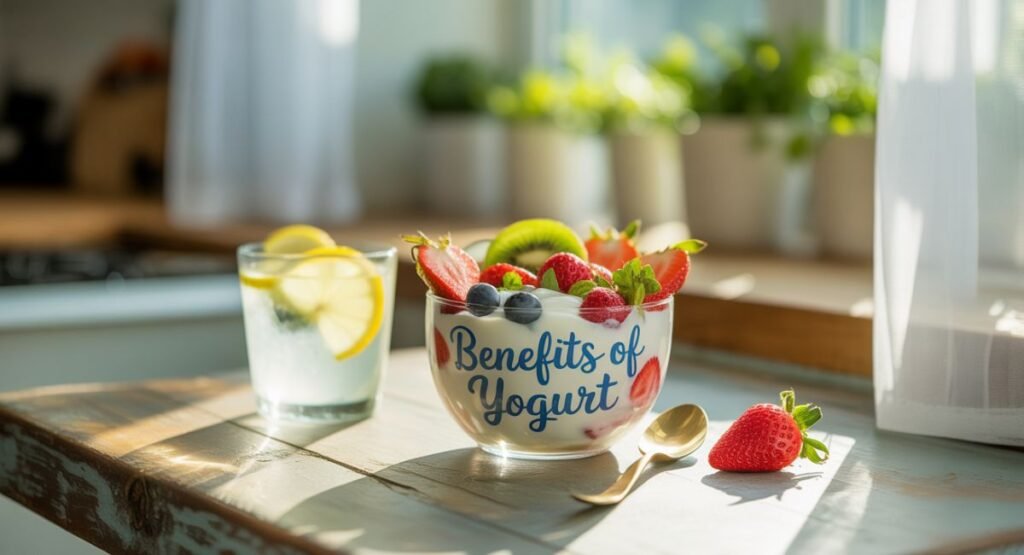
Pingback: Top 12 Science-Backed Health Benefits Of Eating Meat